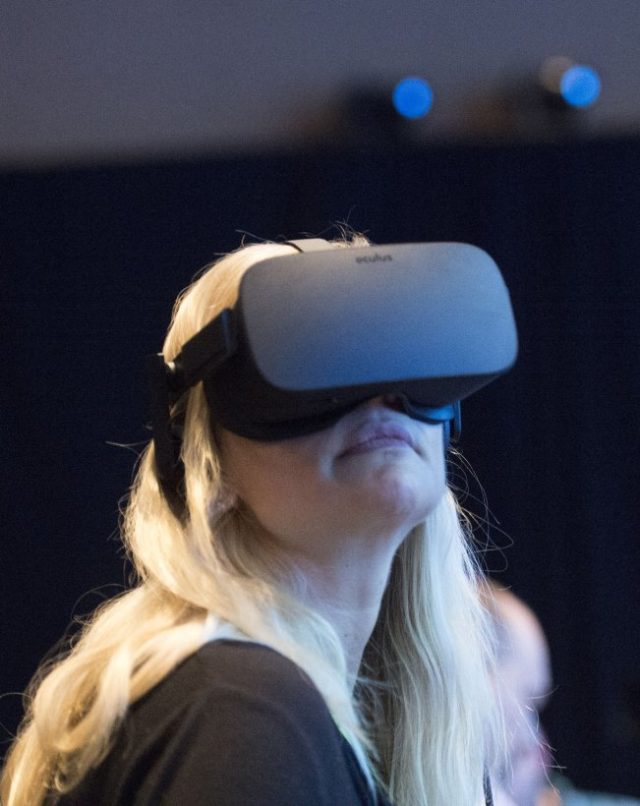Oct. 28 (UPI) — Researchers at Harvard Medical School in Boston have developed a free, open-access virtual reality program that allows anyone to interact with individual cells in the human body, they said Thursday.
The tool, called singlecellVR, enables users to visualize single-cell assays in virtual reality, or VR, with no advanced technical skills required, the researchers said in an article published by Frontiers in Genetics.
Single-cell assays are used in science and medicine to help identify the function and behavior of individual cells within a much larger population of cells, according to the researchers.
The new technology is designed to provide the public with unique insight into cell growth and development once reserved for scientists, they said.
Users can access the tool online with a standard VR headset, like those employed by gamers, that costs less than $10, the researchers said.
“My hope is that by lowering the barrier to adopt or explore these new technologies, more people will become excited about this space,” one of the developers, Luca Pinello, said in a press release.
This could help “create a community interested in developing VR applications focused on the exploration and analysis of biological data,” said Pinello, an associate professor of biostatistics at Harvard.
Platforms such as Google Cardboard have made VR much more affordable — anyone with a smartphone can place their device into a standard headset and view content on its large screen, according to Pinello and his colleagues.
The free, open-access web app developed by the researchers allows anyone to easily visualize single-cell assays in VR and requires no advanced technical skills from the user.
Having access to this data and knowing which cell states and genes are present in the body is crucial in helping scientists better understand how, for example, various cancers spread, the researchers said.
SinglecellVR builds on previous advancements in VR technology by allowing users to visualize their own precomputed data directly from the most commonly used single-cell analysis tools, including Scanpy, Seurat, PAGA, STREAM, scVelo and EpiScanpy, according to the researchers.
The website, which requires no installation on a device, enables users to explore several preloaded datasets or upload their own datasets for VR visualization on multiple browsers and devices.
Once users have uploaded their data to singlecellVR, they have the option to view and explore the data in 3D directly in their web browser or to quickly send the data to their mobile device for visualization in a VR headset, the researchers said.
The website generates a QR code that enables users to open the VR view on their phones, according to the researchers.
“I believe VR and augmented reality technologies are just getting started in terms of the spaces to which they are applicable, especially in the sciences,” Pinello said.
“I hope the general public could appreciate the new opportunities that new VR/AR technologies are bringing to us to interact with reality, to explore biological data or just to learn new things in a fun and interactive way,” he said.

COMMENTS
Please let us know if you're having issues with commenting.